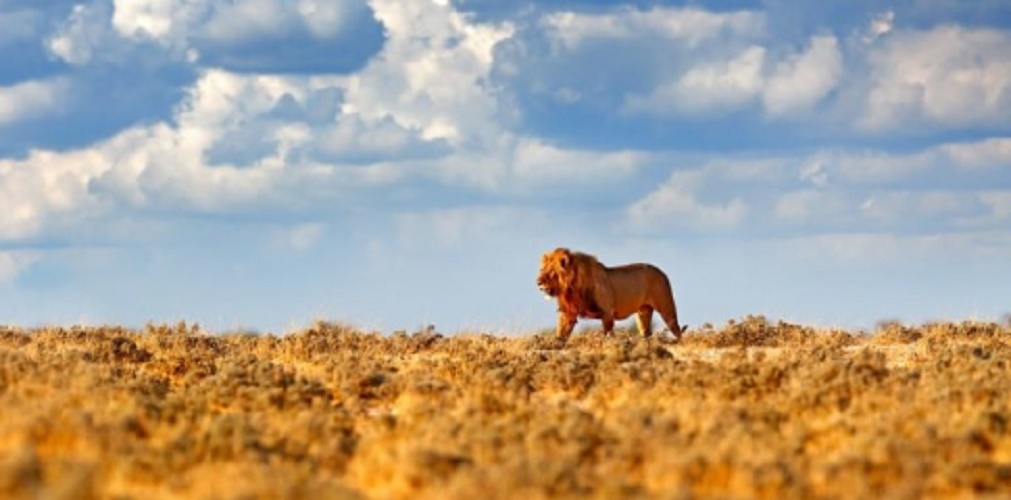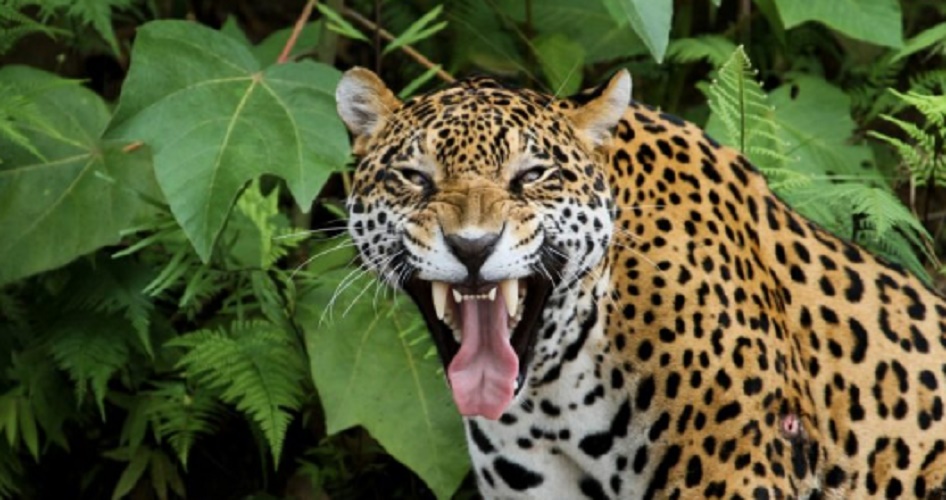What is a habitat?
We explain what a habitat is, what types exist and describe the habitats of the lion and the jaguar. Also, what is an ecological niche.
-
What is a habitat?
A habitat is the physical place where a certain community of organisms lives , be they animals , fungi, plants or even microorganisms (microhabitat).
This is the environment whose conditions are appropriate for the community in question to grow, develop and reproduce. Depending on the needs of that community, the habitat can be as wide as a forest or a city, or as narrow as the intestinal tract of a human being .
This concept is used both in biology and ecology , as in architecture and urbanism, in the latter case applied to the vision of the human being (anthropic). Although there are several definitions of the term, they all have in common that they refer to the location of life: the place where a biotic element can be found . There is no possible habitat where there is no life.
The term habitat should not be confused with the ecological niche . The latter designates more specific aspects of the way in which a community of organisms is located within its habitat compared to other competing species or complementary , taking into account specific environmental conditions. Within a habitat there can be many different ecological niches.
-
Habitat types

Generally, habitats are classified into three:
- Marine habitats . Those located in the hydrosphere , that is, in any region of the oceans and seas, either on the surface or in the depths.
- Terrestrial habitats . Those located in the geosphere , that is, on land, on any of the continents or geological accidents that compose them: mountains , valleys, plains, etc.
- Inland water habitats . Those located in fresh waters, that is, in lakes, rivers and other water sites far from the sea.
-
Habitat examples
Possible examples of habitat can be extremely varied. A lake and its tributary rivers may be the habitat of a certain type of salmon, for example, while the forest around them may well be the habitat of the bear try to catch them when they jump up current.
At the same time, the high part of the mountains from where the river descends may be the habitat of large birds such as the eagle, while, on the other side, the delta or the mouth of the river will be the habitat of certain types of crocodiles.
It all depends on where we place the perspective. In fact, while reading this, we could say that you are in your built habitat: the city where you live.
-
Lion habitat

Lions currently have a rather restricted habitat . They can be found in certain territories of sub-Saharan Africa, as well as certain regions of India and South-East Africa, especially in savannas and grasslands, large, dry and hot regions , where the maximum predator of the food chain reigns .
Currently, there are few lions that lead wildlife, because the species is very threatened with extinction , given that its food sources are few and its encounters with the human species, almost always fatal.
-
Jaguar Habitat

The jaguar is found in the humid and temperate humid tropical forests of the Americas . Inhabits especially in Mexican forests (as in Sonora or Yucatan), but also in Guatemala, El Salvador.
Its population is more abundant in South America , in the Amazon region shared by Venezuela, Colombia, Brazil, Ecuador, Peru and Bolivia. It is also possible to find them in the Patagonian forests of Chile and Argentina, where they are known as yaguareté.
-
Ecological niche
An ecological niche is the way in which a species or a community of organisms is positioned within a specific habitat against environmental conditions (advantageous, disadvantageous) and other species that cohabit in that space (predators, prey, diners, etc.). ).
In other words, when talking about the ecological niche of a species, its specific relationship with the other elements that are part of its ecosystem is mentioned .
Thus, there can be two different types of ecological niche:
- Fundamental or potential . It refers to the minimum conditions within an ecosystem that a specific and specific species requires to survive and reproduce .
- Cash or actual . It refers to the same previous needs, but within the framework of competition and interrelation with the other species.





